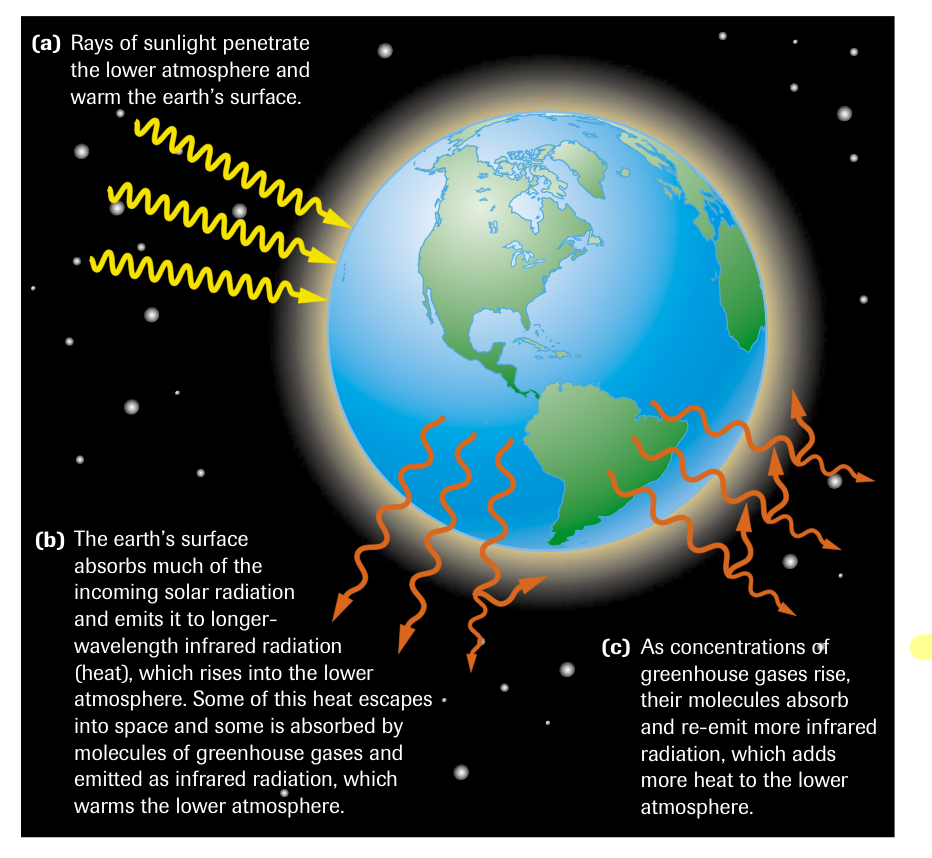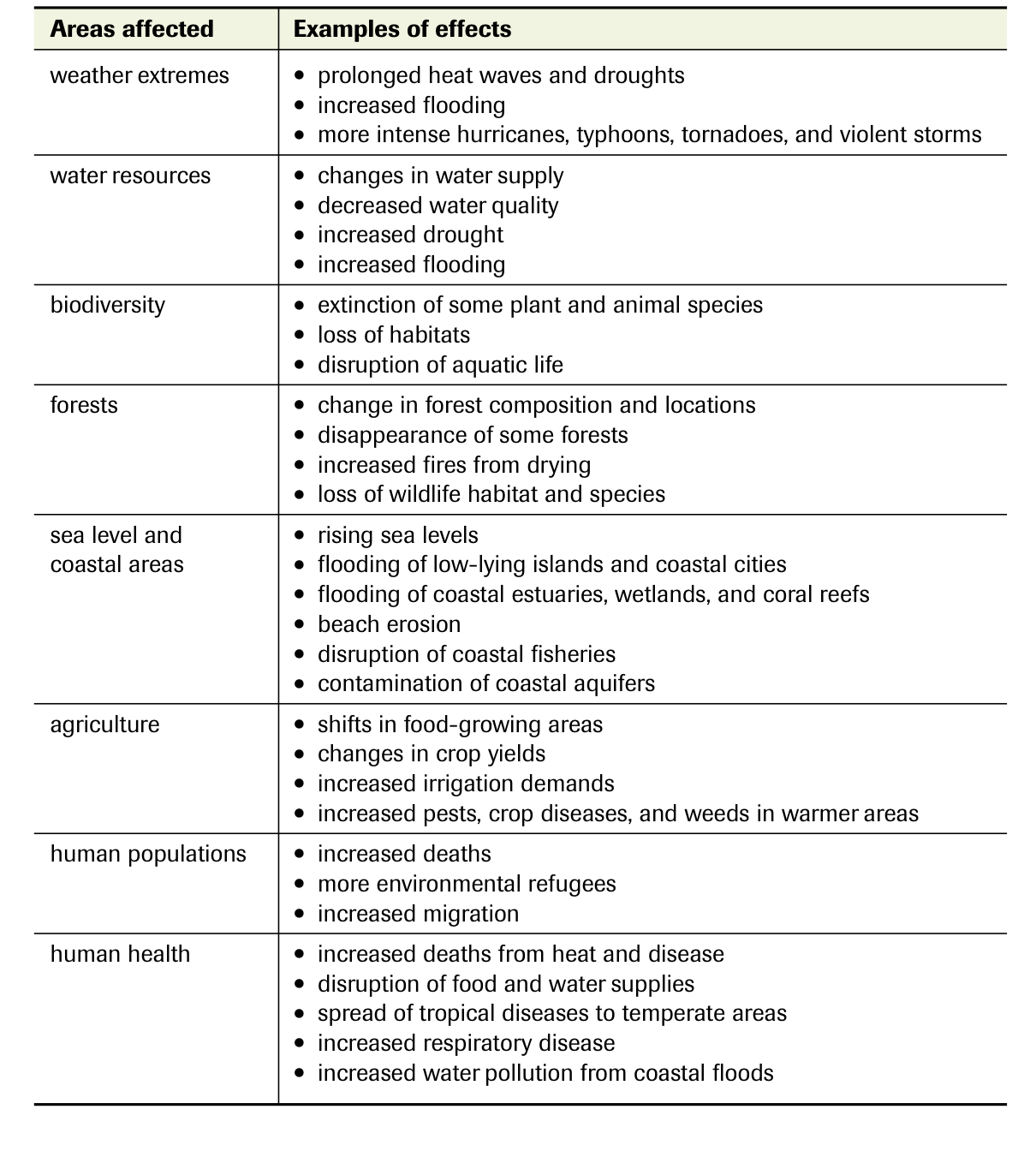Characteristics of populations (14.1,14.2)
![]() Growth-
Growth-
Density- total number of individuals of a specific species divided by the area/volume occupied by the population D= N/S.
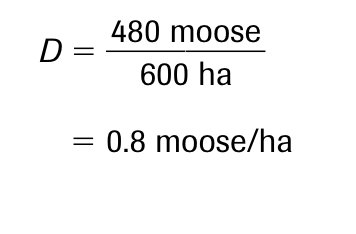
Density can be deceiving because of unused space within a habitat. Thus ecologist distinguish between crude density and ecological density
Crude density - number of individuals of the same species/ per total unit area
ecological density- number of individuals/ per used area by individuals
Distribution-
Dispersion- the general pattern in of individuals that are distributed through a specified area. Biologists have three main dispersion patters; clumped, uniform, and random.
Clumped dispersion- Most populations display clumped dispersion, organisms are densely grouped in areas of the habitat best for survival/ have favourable conditions
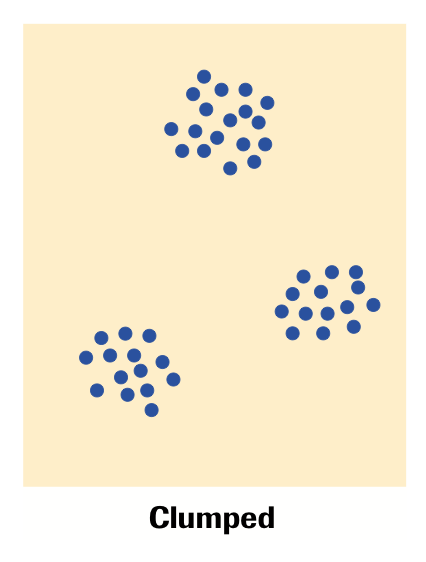
Uniform dispersion - Individuals are evenly distributed in the habitat. This dispersion may be a result of competition between individuals, for feeding, breeding, or nesting.
Farmer’s fields, orchards, and tree plantations are often uniformly dispersed.
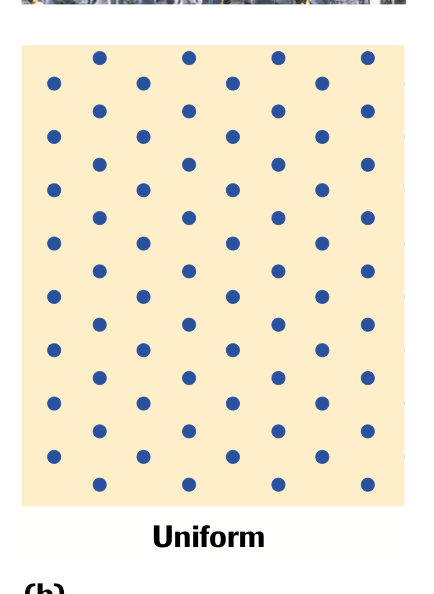
Random dispersion- the pattern when individuals are spread throughout a habitat in a unpredictable manner. This dispersion is a result of minimal influences by interaction with other individuals, and habitat conditions are virtually uniform. Rain forests exhibit random dispersion
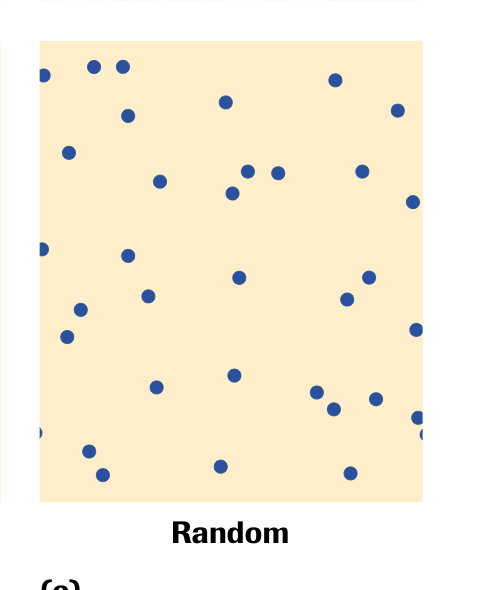
carrying Capacity - the maximum number of organisms that can be sustained by available resources over a specific period of time
Minimum viable size-
Population size- number of individual of a specific species in a given area/ volume at a specific time
Measuring Population characteristics
quadrat- sampling frame used fir estimating population size. It is most effective for stationary species ( forest, tree species)
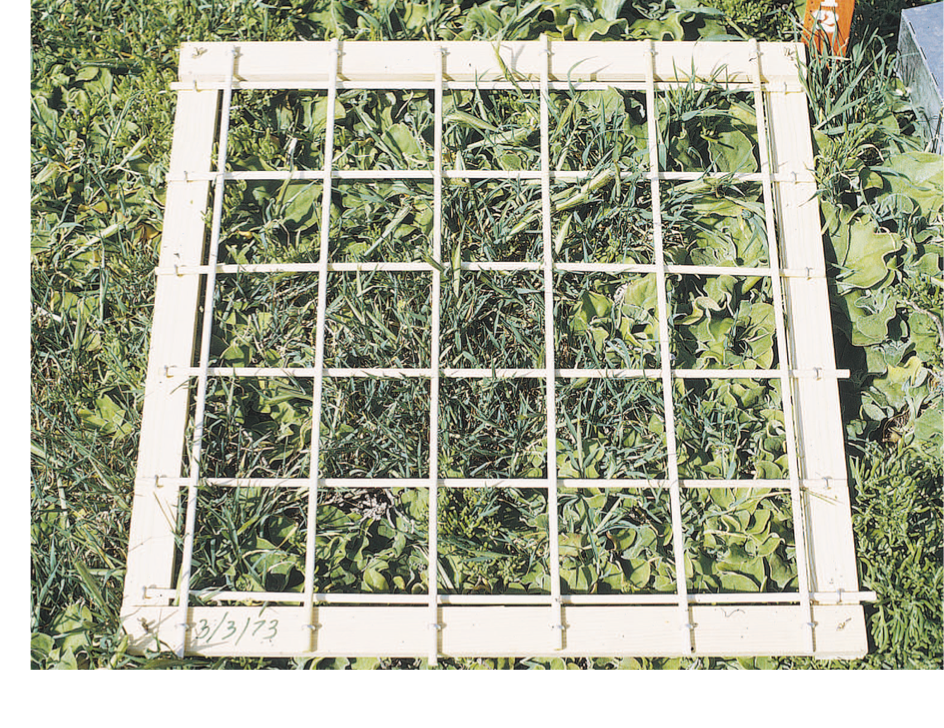
Mark -recapture method - sampling technique for mobile wildlife population (fish). The sample of animals is captured, marked, then released. Finally recaptured, comparing the proportion fo marked and unmarked animals in a given area.
![]()

![]()
Fluctuation of population
Population dynamics are changes in population characteristics determined by birth, mortality, immigration, and emigration rates.
Fecundity is the potential for a species to produce offspring in one lifetime
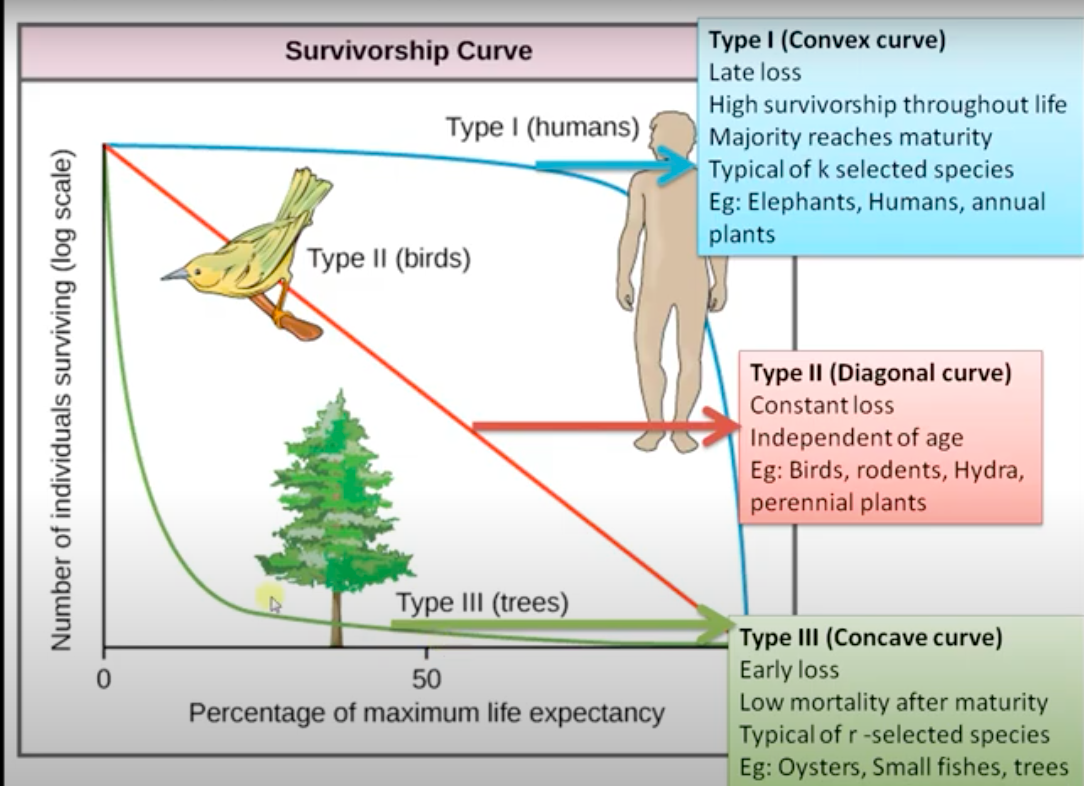
Type 1 survivorship- (humans) late loss
Type 2 survivorship - (birds) constant loss, independent of age
Type 3 survivorship- (small fishes) Early loss
Calculating changes in population size
![]()
![]()
Open Vs. Closed population
An open population is when the change in number and density is affected by births,deaths, immigration and emigration. Whereas a closed population is only affected by birth rates and death rates. ( immigration and emigration do not occur)
Closed populations are rare. But populations that exist on secluded islands can be thought of as closed populations. ( ex. Peary Caribou an Arctic ocean island)
population Growth models
geometric growth - a pattern of population growth where organisms reproduce at fixed intervals at a constant rate
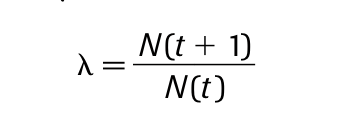

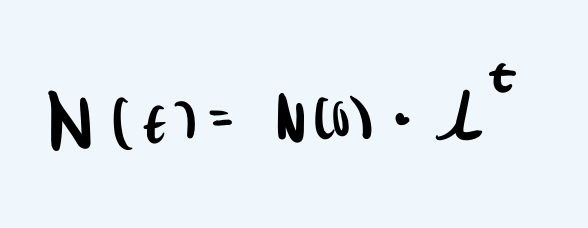 lambda = geometric growth
lambda = geometric growth
N = the initial population size in year (t + 1)
t = years
exponential growth- a pattern of growth where organisms reproduce continuously at a constant rate.


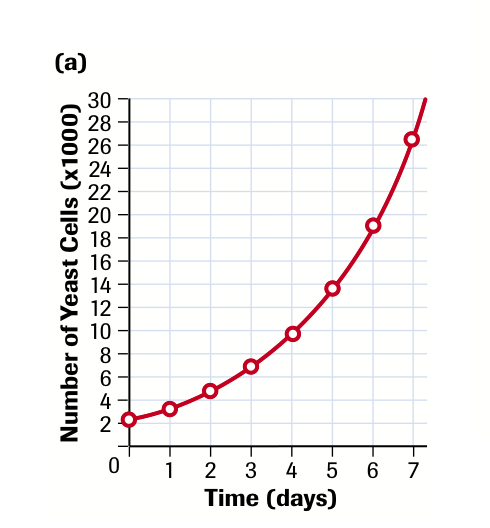
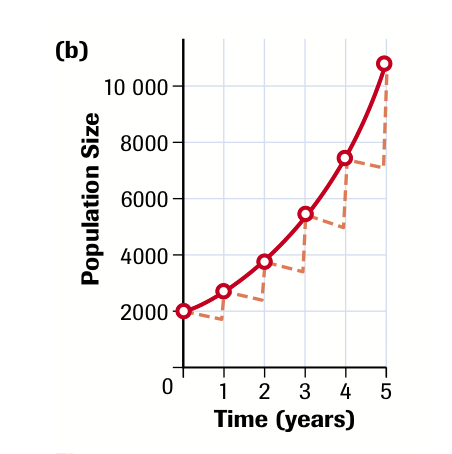
Modelling logistic Growth
logistic growth takes into consideration carrying capacity
logistic growth represents the effect of carrying capacity on the growth of a population

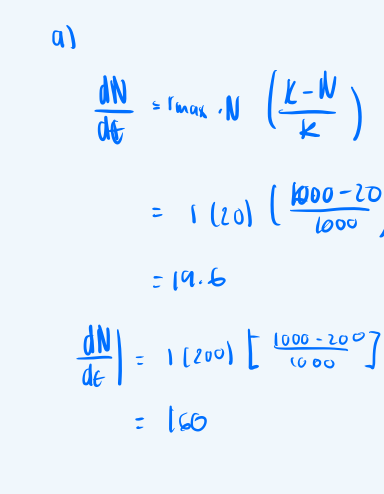
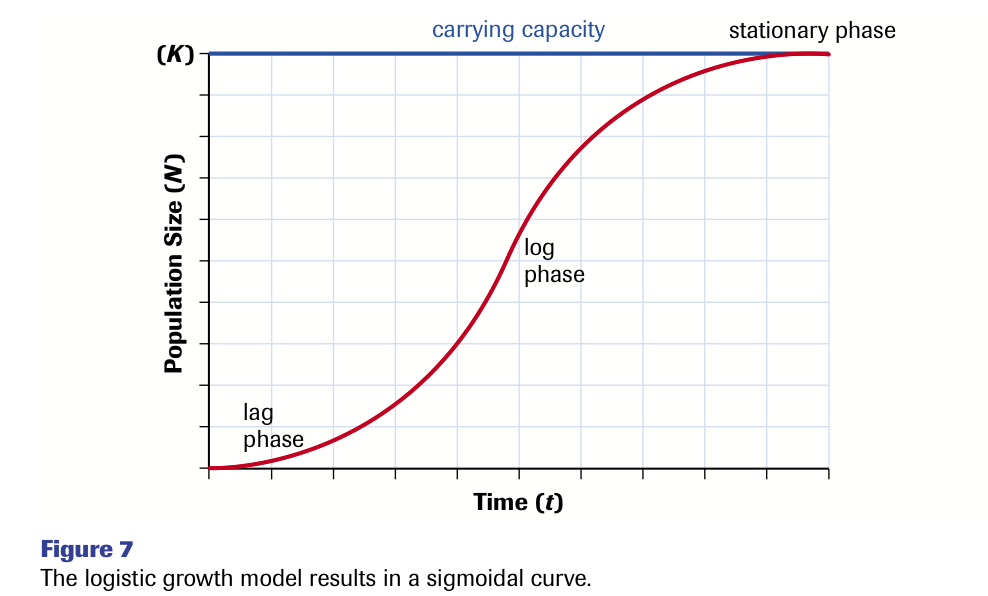
lag phase - initial stage, population growth is slow, since small population
log phase - stage where population growth is rapid
environmental resistance - factors that limit population’s ability to realize biotic potential. exceeds carrying capacity ; reproduction slows, and deaths increase.
biotic potential - max rate a population can increase in ideal conditions
stationary phase - population reaching carrying capacity, thus growth rates decrease . It is said to be dynamic equilibrium at this stage.
Dynamic equilibrium - birthrate = death rate
Density dependent factors Vs. Independent factors
density dependent factors are a factor that influences a population regulation, having a greater impact as population density increases or decreases.
the struggle for survival includes factors as competition, predation, disease, and other biological factors
Infraspecific competition- same species compete for resources in habitat
as population density increases, more competition, thus growth rate decreases
predation- predator killing prey ( 2 diff species usually)
disease is more easily spread in overcrowded populations , pathogens are able to move from host to host easily, since more host available in close proximity
allele effect- population cannot survive/ reproduce when the population density is too low.
Independent factors
- temperatures
- insecticide applications -→ killing entire food chain begining with intended insect
- limiting factor - any essential resource in short supply
Interaction within communities
community - all populations in given ecosystem
ecological niche- an organism’s biological characteristics ( food, shelter, mate). How an organism fits into an ecosystem.
Fundamental niche vs. Realized niche
fundamental niche is theoretical niche
realized niche is actual niche
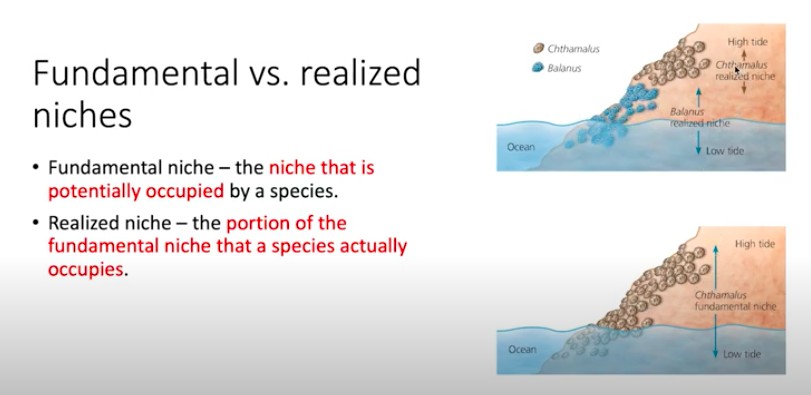
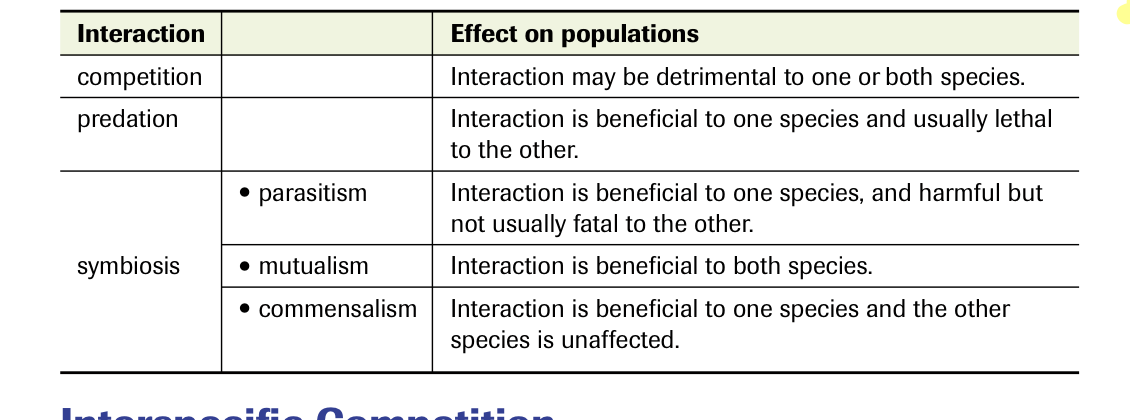
Interspecific competition
interspecific competition occurs between different species for the same resources
Interference competition is actual fighting
exploitative competition is shared consumption or use if a resource
The population size if the weaker could decline.
resource partitioning avoidance of competition by occupying different niche
predation
as the predator population density increases , prey population density decreases
decline in prey then leads to reductuon in predator species
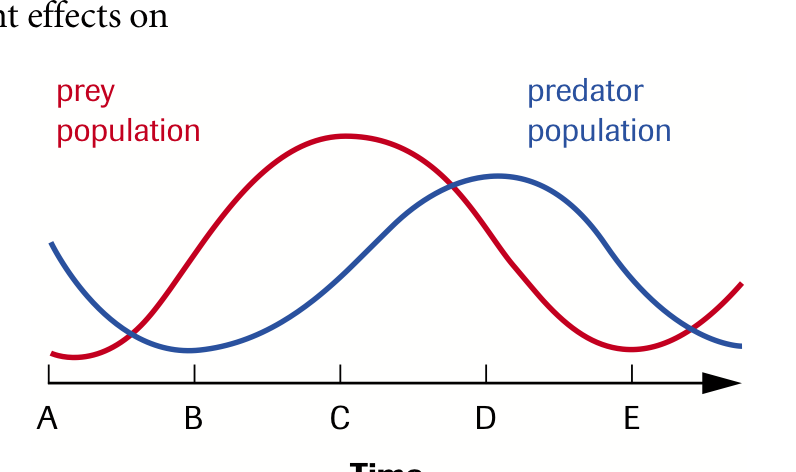
Predator-prey relationships have resulted in diverse defence mechanisms
- morphological ( thorns, hooks, spines, and needles)
- chemical defences against herbivores
disruption of community equlibrium
interspecific interactions help maintain necessary equilibrium that sustain communities
disruption can occur when natural disaster or invasive species
![]() Energy pyramid - a model that illustrates energy flow from producers at the beginning of food chains to consumers farther along.
Energy pyramid - a model that illustrates energy flow from producers at the beginning of food chains to consumers farther along.
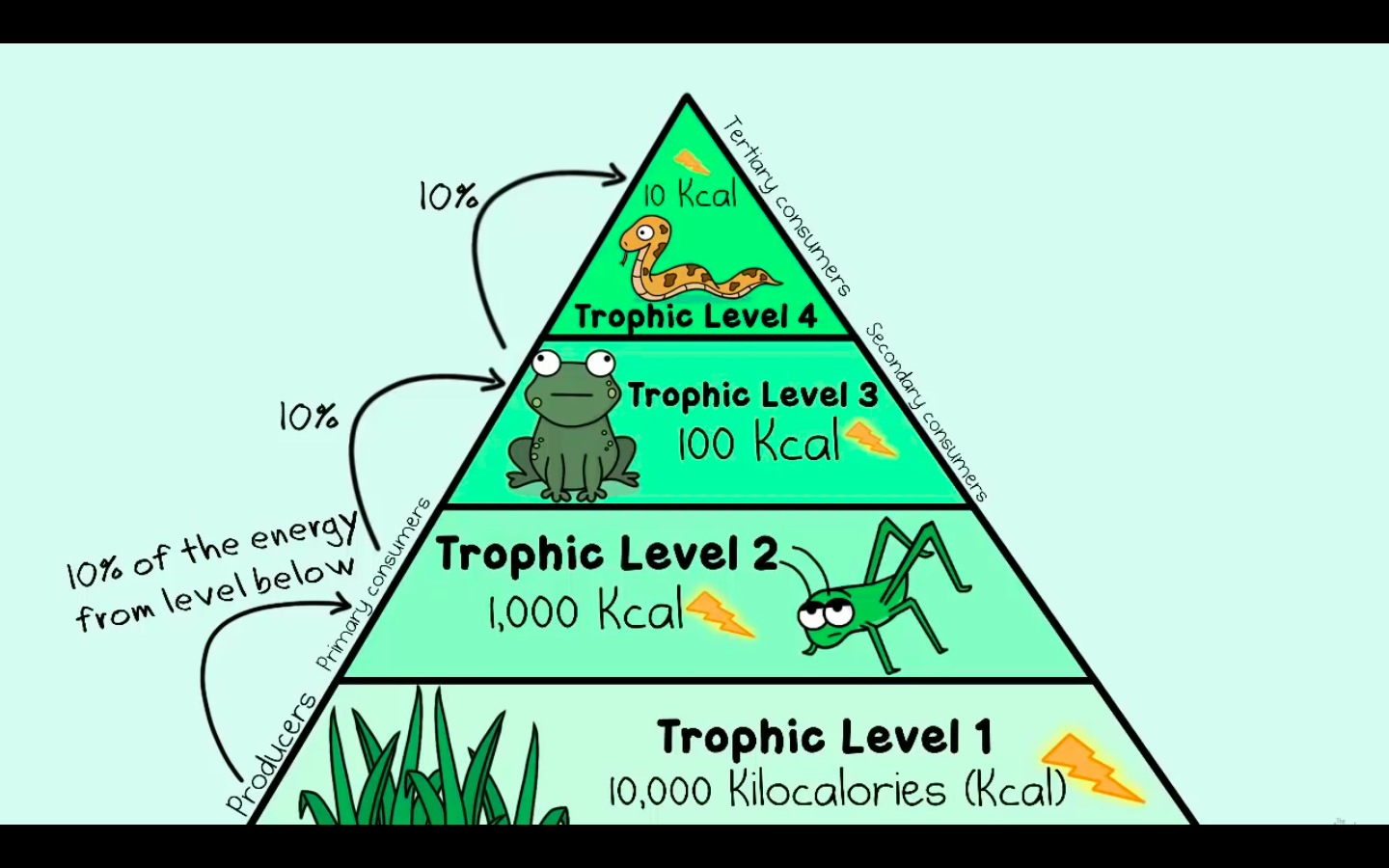
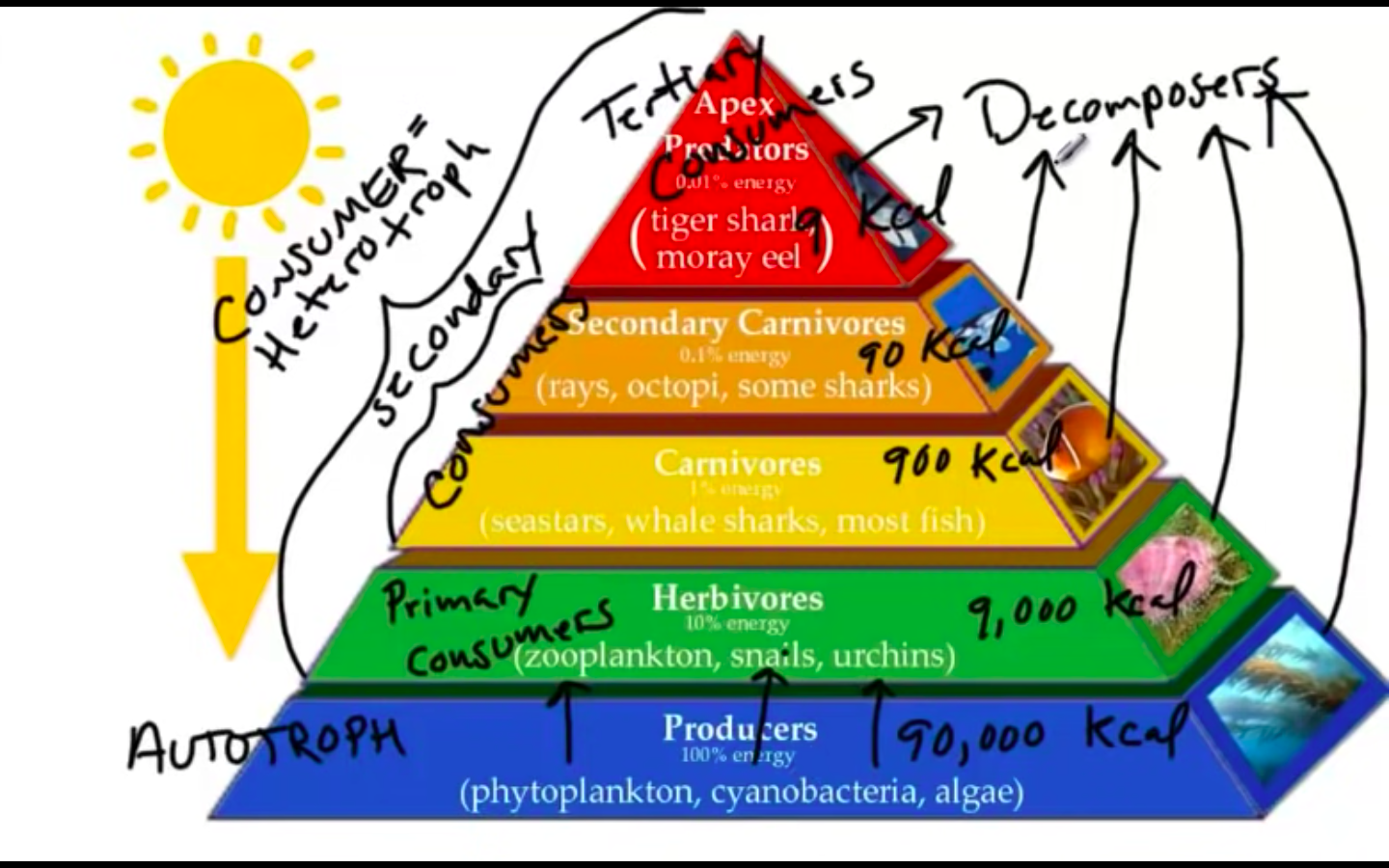

humans can obtain more energy from consuming more autotrophs ( grains vegetables, and fruits)
GMO- crops are being genetically modified to withstand extreme temperatures, to be resistant to pests and herbicides, to have better flavour, and nutritional content
![]()
Pollution can contaminate water
overconsumption result in over use of freshwater resources
climate change has caused glaciers to melt rapidly, thus depleting the time we can use them for fresh water
Acid deposition- a mixture of sulfur dioxide and nitrogen oxide pollutants that reach earth in the form of rain, gas, or solid ( acid precipitation)
acid deposition affects soil pH and aquatic systems
Greenhouse effect - a result of certain atmospheric gases, such as CO2, water vapour, and methane, trapping heat in the atmosphere by letting visible sunlight penetrate to Earth’s surface, while absorbing most wavelengths of infrared radiation that radiate from Earth’s surface
Causes of greenhouse gases are human activity ( burning fossil fuels)
